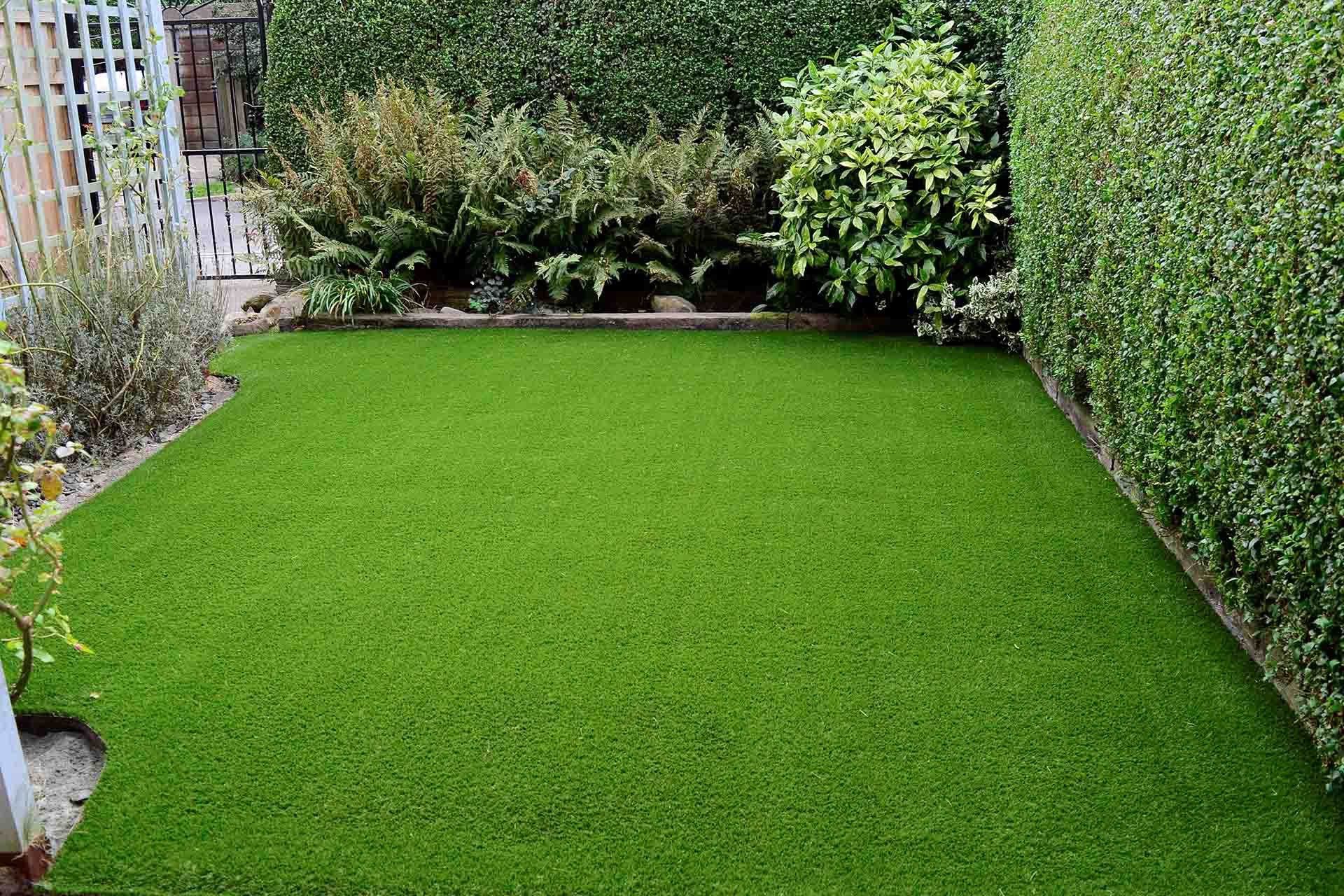Over the past few years, the increased interest of incorporating fake grass into modern homes has seen a notable rise. With busy lifestyles and a heightened emphasis on sustainability, homeowners are exploring innovative alternatives to traditional lawns. The allure of lush, green grass without the burden of maintenance is proving to be a revolutionary idea. As more people seek alternatives that not only enhance their outdoor spaces but also save time and money, artificial turf has emerged as one of the top lawn decisions.
The motivations homeowners are turning to synthetic turf are many. From the low-maintenance benefit to the eco-friendly perks, artificial grass offers a practical solution for anyone tired of the endless cycle of mowing, watering, and weeding. Whether you have animals, kids, or simply want a perfect lawn year-round, fake grass performs in all weather conditions and takes the worry out of maintaining a vibrant outdoor environment. As we explore the main reasons why fake grass is becoming increasingly popular, you may find that it could be the right fit for your yard.
Primary Benefits of Fake Grass
One of the most convincing advantages of fake grass is its low-maintenance nature. Unlike real grass that require consistent trimming, watering, and fertilizing, fake grass remains neat with little effort. Homeowners can say goodbye to weekend yard work, allowing more opportunity to enjoy their patios rather than working on them. This simplification is attractive to working parents who want beautiful lawns without the hassle of care.
Another significant benefit is the environmental impact of artificial turf. With rising concerns about saving water, artificial turf presents a sustainable solution. my website requires little irrigation, lowering water usage significantly, particularly in arid regions. Additionally, synthetic turf eliminates the need for toxic pesticides and additives, contributing to a healthier environment for both the family and local animals. official source -friendly characteristic has made it a preferred choice among sustainability-minded property owners.
Synthetic grass also excels in longevity, making it ideal for busy areas. Whether for playgrounds, sports complexes, or community yards, fake grass can handle intense activity while retaining its lush appearance. It holds up well in different weather conditions, ensuring a steady and attractive landscape throughout the year. With artificial grass, you can enjoy a vibrant greenery regardless of the season, making it an attractive option for anyone interested looking to improve their living spaces.

Savings and Care
Putting money in fake grass can lead to substantial lasting savings for property owners. Natural lawns need regular maintenance, including consistent mowing, feeding, and watering. These tasks can easily mount in terms of costs—both in getting supplies and in hiring help if needed. By converting to fake turf, homeowners can optimize their lawn care routines and lower ongoing expenses, making it a economically wise choice.
Moreover, the easy-care appeal of synthetic turf means that homeowners can enjoy a stunning green yard without the burden of upkeep. There’s no requirement for expensive lawn machinery or frequent landscaping trips, as fake grass remains lush and beautiful year-round. This means homeowners can reclaim their free time instead of spending it on boring lawn chores.
In addition to the benefits in hours and costs, artificial grass is crafted to withstand various climatic conditions, removing the need for costly repairs often associated with regular grass. Gone are the days of worrying about muddy patches or watering on a dry day; the convenience of synthetic turf ensures that it stands up well against damage, making it a practical investment for any property owner looking to improve their garden.
Environmental Impact of Synthetic Grass
The increasing popularity of artificial turf can be attributed not only to its aesthetic appeal but also to its ecological advantages. One of the most significant benefits is water conservation. Traditional lawns require substantial amounts of water for maintenance, especially in arid regions. By transitioning to fake grass, homeowners can significantly reduce their water usage, which is crucial in times of drought and contributes to eco-friendly living practices.
In addition to saving water, artificial grass removes the need for harmful fertilizers and pesticides, which can contaminate local waterways and soil. With synthetic turf, there are no chemicals being applied, making it a healthier option not just for families, but for the environment as well. This shift towards a more organic landscaping approach supports sustainable practices and lowers the carbon footprint associated with lawn maintenance because it eliminates the use of gas-powered lawnmowers and various equipment.
Furthermore, many artificial turf products are now manufactured using recycled materials, showcasing a commitment to sustainability. This advancement helps minimize waste in landfills and promotes the recycling industry. As more homeowners and communities adopt artificial lawns, the collective impact contributes to a more sustainable environment, making artificial grass an ever more attractive option for those looking to enhance their outdoor spaces while being considerate of ecological footprints.
